Key Takeaways
- Bee stings require prompt stinger removal and topical treatments to reduce swelling and pain.
- Wasps and hornets deliver multiple painful stings; immediate care can limit discomfort.
- Fire ants cause blistering, intensely itchy stings—manage symptoms carefully to avoid infection.
- Scorpion stings, particularly in the Southwest, may cause nerve-related symptoms requiring special care.
- Know the signs of allergic reactions and seek emergency care immediately if severe symptoms develop.
- Preventive measures around your home can significantly reduce the risk of insect stings.
What Happens When an Insect Stings You?
When you sting with a bee, wasp, hornet, ant, or a scorpion, the culprit injects the toxin into your skin. Now, your body is not thrilled at all about this. It kicks in defense mode, releasing histamine and other chemicals that cause inflammation, redness, pain and itching. Honestly, how your body reacts depends a lot on insects and your sensitivity.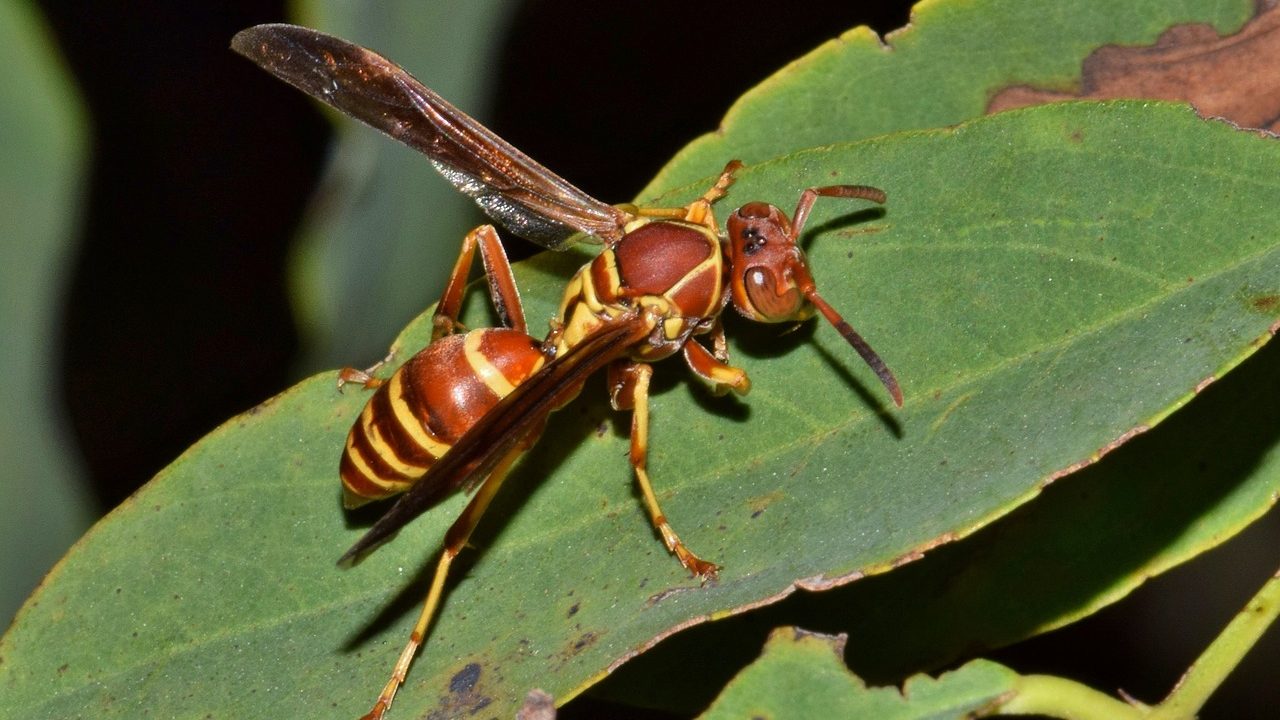
Bee Stings: Ouch, That Stinger!
You’ve probably heard bees leave their stingers behind, right? Honeybees specifically have barbed stingers, so once they sting you, that tiny barb stays put—continuing to pump venom until removed. This can amplify your discomfort pretty quickly. Symptoms:- Sharp, instant pain—like a quick pinch or burn.
- Noticeable redness, swelling, and intense itching.
- The stinger itself is visibly lodged in your skin.
- increased swelling that can surprise you within a few hours.
- Quickly scrape the stinger off using a fingernail or a credit card. Avoid using tweezers or squeezing, as this will push even more venom into your skin.
- Wash gently with soap and water.
- Apply ice packs to soothe the inflammation and numb the pain.
- Topical creams like hydrocortisone or antihistamines can calm the itch.
- Over-the-counter pain relievers like ibuprofen work wonders for ongoing discomfort.


Not getting a solution?
Get your free pest control estimate today!Wasp and Hornet Stings: Repeat Offenders
Unlike bees, wasps and hornets can sting you again and again. Their smooth stingers don’t stay behind, so one angry wasp could leave you with multiple stings in seconds. Symptoms:- Sudden, sharp, intense pain, sometimes worse than a bee sting.
- Swift redness and significant swelling.
- Raised welts and stubborn itching.
- Lingering pain that might stick around longer than you’d like—sometimes days!
- Wash immediately with soap and water to reduce infection risk.
- Apply cold compresses repeatedly in the first hours after the sting.
- Over-the-counter antihistamines can ease itching; pain relievers help with the ache.
- Keep an eye on swelling—if it expands dramatically or breathing issues begin, seek medical help immediately.
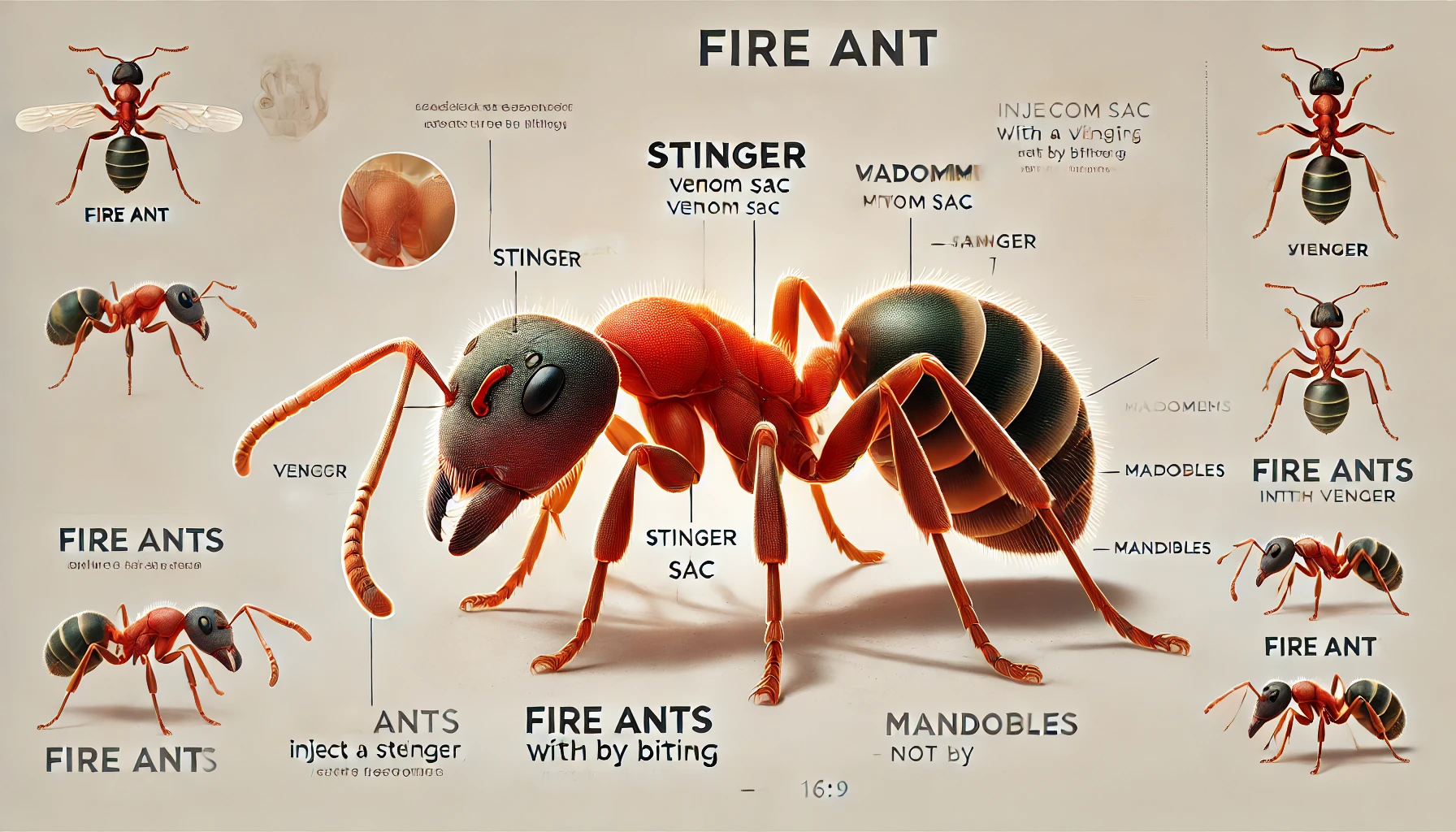
Fire Ant Stings: Tiny but Vicious
Fire ants are notorious for swarming attacks. Step into their territory, and you might find yourself with multiple painful stings that blister into pus-filled bumps. Symptoms:- Immediate, sharp, fiery pain (the name “fire ant” isn’t accidental!).
- Small red bumps quickly form painful, itchy blisters.
- Blisters that stick around, itching continuously for days.
- Wash gently with cool water and mild soap.
- Apply ice to reduce swelling and provide instant relief.
- Use calamine lotion or hydrocortisone cream to soothe persistent itching.
- Resist the urge to scratch—breaking blisters risks infection.
- Watch for rare allergic reactions and seek immediate medical care if severe symptoms develop.
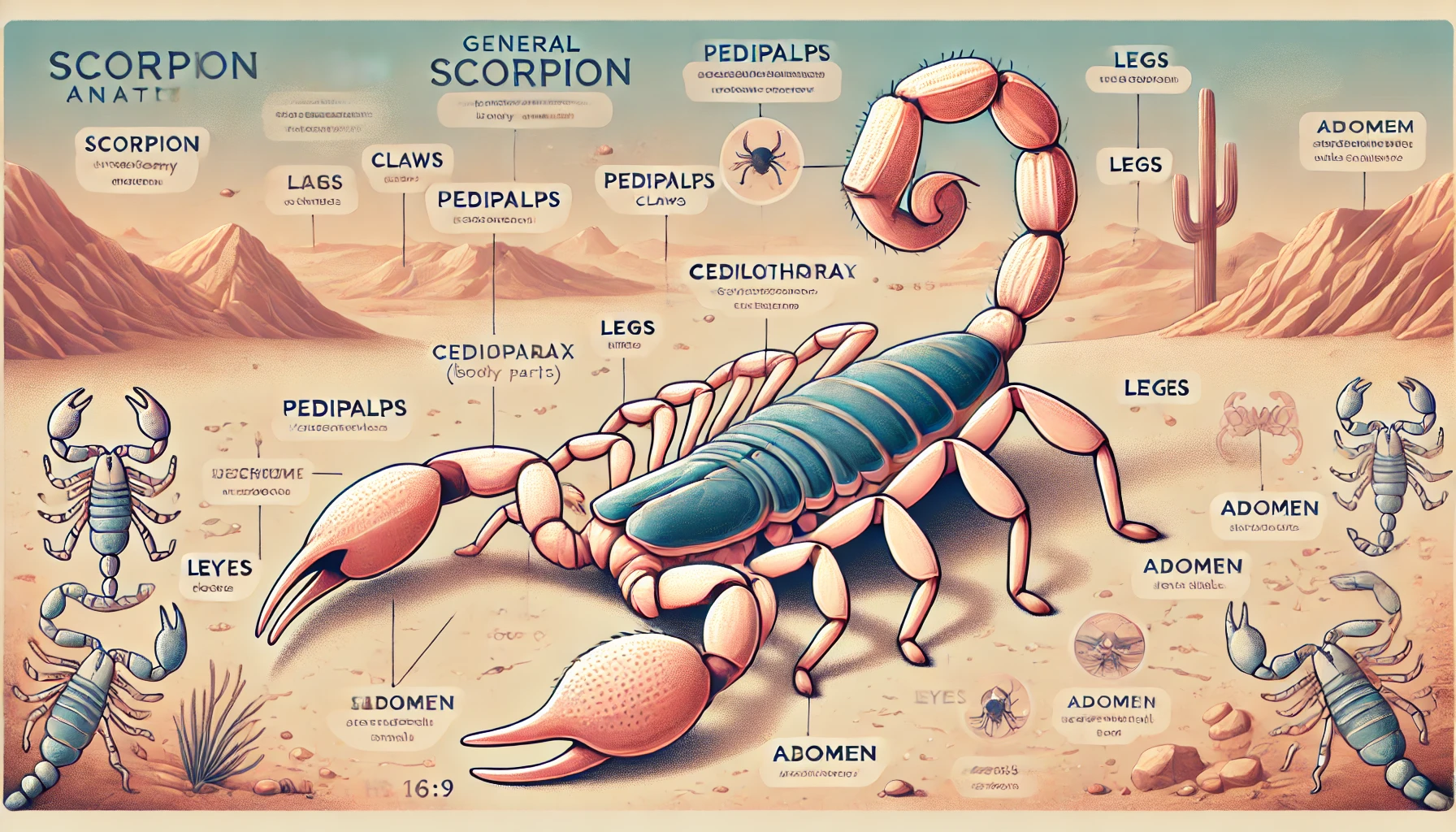
Scorpion Stings: Watch Out in the Southwest
Scorpions are a special kind of trouble in the U.S., particularly in the Southwest. Their venom can affect your nerves, making their stings notably distressing. Symptoms:- Immediate, sharp, alarming pain.
- Tingling, numbness, or strange shooting sensations near the sting.
- Mild local swelling, redness.
- In severe cases, especially with the Arizona Bark Scorpion, symptoms include muscle twitching, breathing trouble, nausea, or dizziness.
- Immediately wash with soap and water.
- Apply cold packs to control swelling and relieve pain.
- Pain relievers help manage symptoms.
- Don’t hesitate—seek medical help if severe symptoms appear.
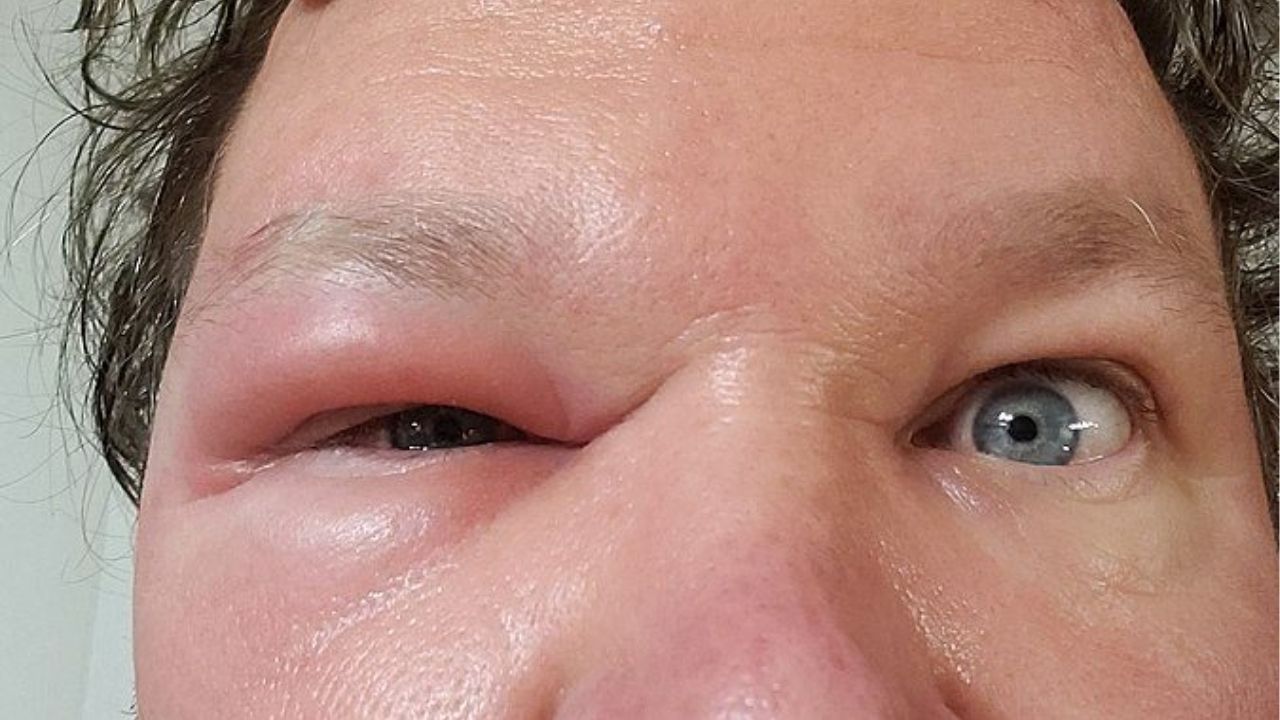
Recognizing the Severity: Normal vs. Serious Reactions
Usually, insect stings result in mild, localized symptoms. But here’s the tricky part: some individuals might experience severe allergic reactions—known as anaphylaxis—which can be life-threatening. Mild Reaction- Localized pain, redness, and manageable swelling.
- Symptoms typically ease within hours or a few days.
- Significant swelling spreading beyond the immediate area, sometimes involving the entire limb.
- Symptoms last days but generally aren’t serious health risks.
- Fast-developing, whole-body symptoms: difficulty breathing, throat swelling, widespread hives, dizziness, or loss of consciousness.
- Immediate emergency care and an epinephrine injector are absolutely necessary.
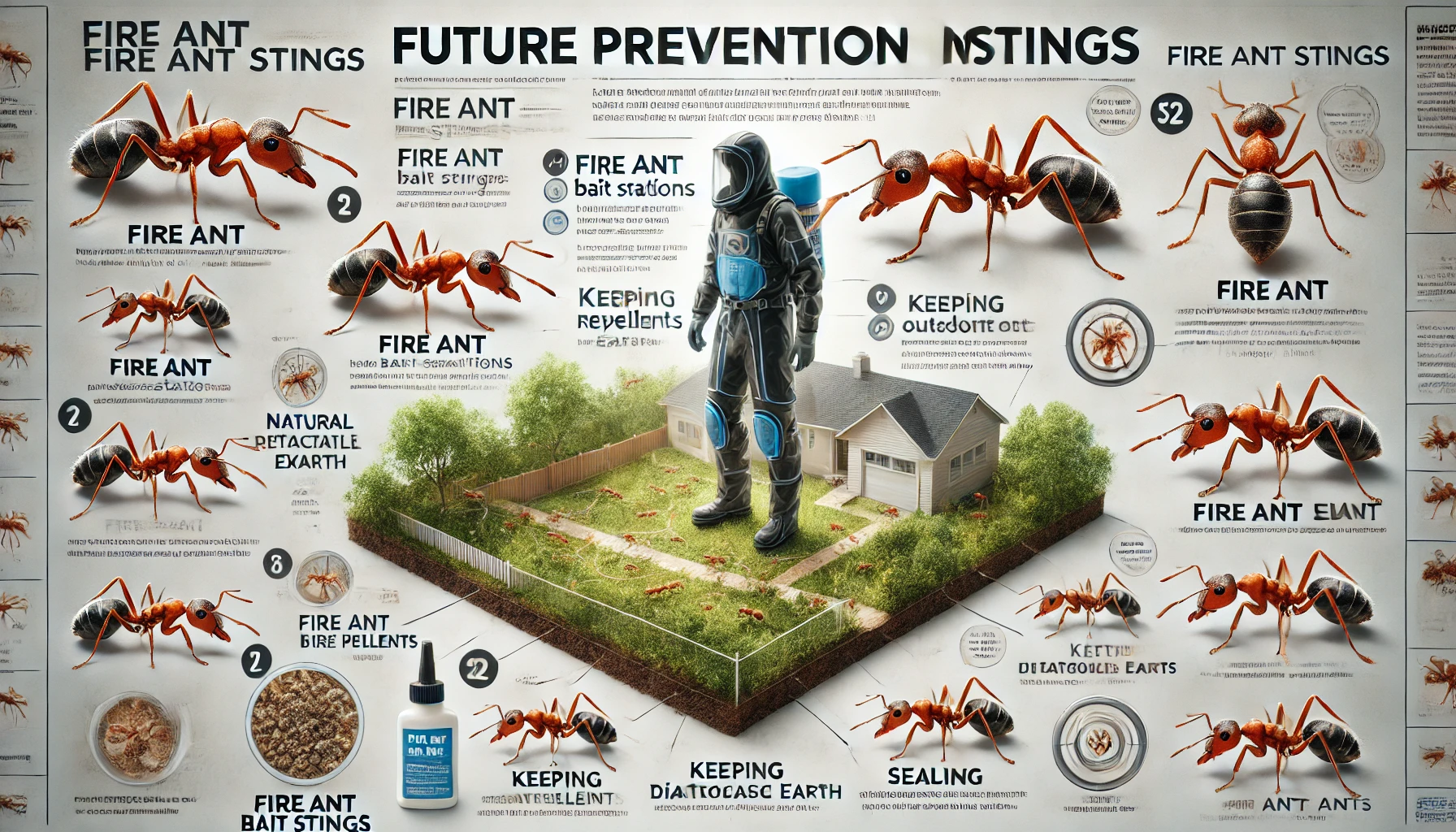
Practical Ways to Prevent Those Pesky Stings
The best sting is one that never happens. Here’s the thing—you can significantly lower your risk by following a few simple steps:- Keep outdoor food and sugary drinks covered. Trust me; wasps and hornets love nothing more than crashing your backyard barbecue.
- Skip strong perfumes or floral scents outdoors—they’re like insect magnets.
- Stick with closed-toe shoes and neutral clothing when spending time outside.
- Regularly inspect your property for nests, hives, and ant mounds, and never hesitate to call professional pest control for removal.
- Seal potential entry points around doors, windows, and siding to keep unwanted guests out.
- Maintain your yard by trimming plants, removing fallen fruits, and mowing regularly to reduce insect habitats.
If you feel things have gone out of control, it is advised to contact pest control professionals. Our team can provide a customized approach to protect your home effectively.
Visit our Species, Control, and DIY Guide sections for additional resources on insect and ways to tackle a insect infestation.





